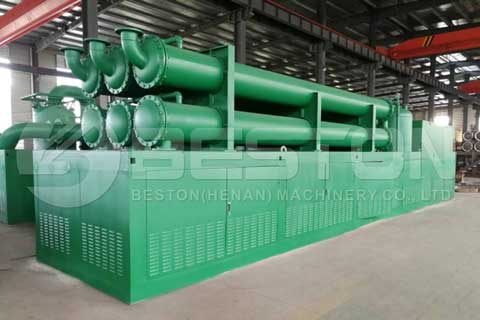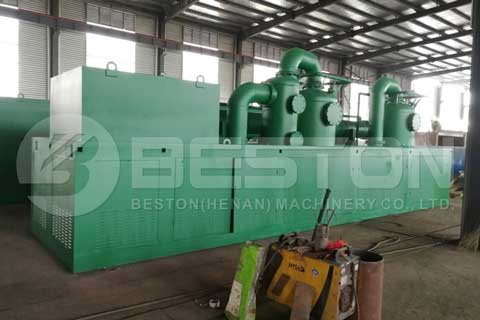How To Easily Choose The Best Continuous Tyre Pyrolysis Plant
If you want to take your business to the next level, you should consider investing in a continuous tyre pyrolysis plant. There are many businesses that have been able to use these machines to provide them with an increased stream of income. You will be able to produce more waste for less money and generate more profit than you ever thought possible.

It is important to understand the process of continuous tyre pyrolysis plant operation and how it works. There is a demand for fuel oil on the market and the process is simple. The fuel oil is brought to the surface and then the machinery begins to break it down, breaking the fuel oil into smaller particles and breaking these particles into fuel oil droplets. The smaller oil droplets are then directed into an injector that feeds them into a fuel pump that creates high pressure. The pressure in the injector will force the fuel oil into the engine.
A discharge chute then discharges the waste into a gravity-fed waste disposal system. This waste stream is then filtered through various layers of media, including sand, before being sent to a wide variety of locations. This continues to be done until all of the waste has been removed. During this process, no fossil fuels are being released or emitted. This is why a continuous tire pyrolysis plant is widely used.

There are two types of continuous tyre pyrolysis plants: those using electricity and those that use heat. Both of these systems have their advantages and disadvantages. An electrical system requires a power source and there are many considerations such as voltage, current requirements and weight that need to be taken into consideration when selecting a power source. Heat generated through a heat-reactor has the advantage of being instantly available for use in the event of a mechanical failure. You also have another choice: containerised pyrolysis unit.
One disadvantage of a continuous waste tyre pyrolysis plant is the duration of energy needed to complete the working process. When starting the process, the working pump pulls most of the energy from the fuel/diesel mixture. As the fuel mixture slows, the rate of gas flow decreases and the speed with which the gas flows reduces. This means that a smaller amount of fuel/diesel can be used at any given time. Depending on the size of the turbine, this energy output can fluctuate, sometimes dramatically.